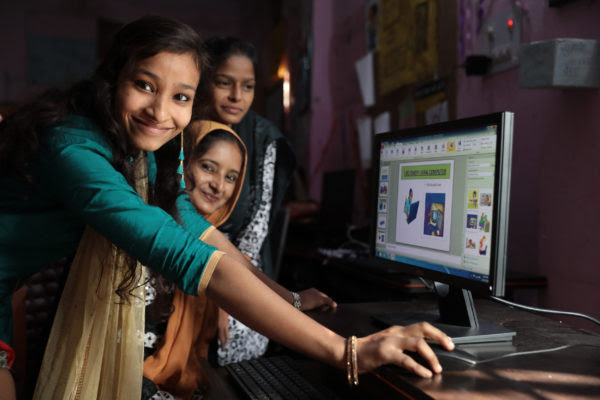| Dear colleagues:
What we measure matters.
From the beginning of the FP2020 partnership, we knew our measure of success was more than the number of women using contraception. Success is knowing that every individual has the ability to choose if and when to have children, to have the information and means to carry out their decision to use contraception and has a range of contraceptive methods from which to choose.
FP2030 strives to measure progress toward this success through the many indicators included in FP2030 annual progress reporting. Since the release of our Measurement Report in December, 2021, we’ve been working closely with our partners to release additional data resources, including adolescent and youth data, country indicators sheets, and resources in French and for the first time Spanish.
We also recognize that our indicators aren’t perfect and there’s much more work to be done to improve family planning measurement. There are many ways people act on reproductive autonomy that may not involve using contraception; there are also a lot of people who use contraception for reasons other than to avoid pregnancy. Traditionally we have used the measure “unmet need” to capture those people who want to delay pregnancy but are not using a modern contraceptive method and “demand satisfied” to measure the extent to which those wanting to delay pregnancy were doing so. But does that really capture the complexity of individuals’ lives and circumstances and their needs and demands?
In a just published article in Global Health: Science and Practice, the Performance Monitoring and Evidence Working Group suggests that now is the time to revisit these important indicators, particularly the language we use to communicate “unmet need” and “demand satisfied” and the ways that we measure them. My colleague Shiza Farid and I summarize the commentary and why revisiting these indicators is important.
Measurement is just a small part of our transitional work. In the coming weeks, we are looking forward to announcing the locations of the first FP2030 hubs outside of North America, the first concrete steps in our transition to a truly global partnership support structure. Later in the month, we will also be leading a side event at the 66th meeting of the UN Commission on the Status of Women. You can learn more about and register for that event here.
Best regards,
Jason Bremner
Senior Director, Data & Measurement |

















